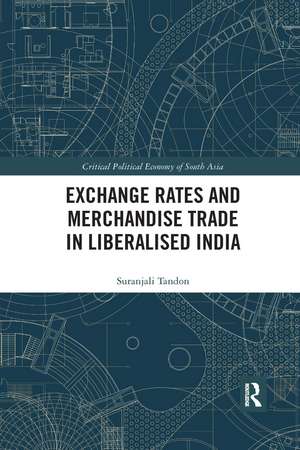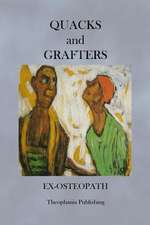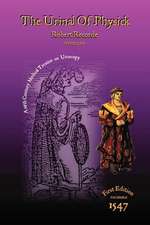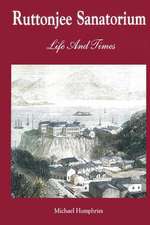Exchange Rates and Merchandise Trade in Liberalised India: Critical Political Economy of South Asia
Autor Suranjali Tandonen Limba Engleză Paperback – 31 mar 2021
This timely volume will be of interest to scholars and researchers of economics, business and finance, development studies, trade, business, and industry as well as practitioners, think-tanks, and policy makers.
| Toate formatele și edițiile | Preț | Express |
|---|---|---|
| Paperback (1) | 381.00 lei 6-8 săpt. | |
| Taylor & Francis – 31 mar 2021 | 381.00 lei 6-8 săpt. | |
| Hardback (1) | 764.20 lei 6-8 săpt. | |
| Taylor & Francis – 14 iun 2019 | 764.20 lei 6-8 săpt. |
Preț: 381.00 lei
Nou
Puncte Express: 572
Preț estimativ în valută:
72.90€ • 75.97$ • 60.36£
72.90€ • 75.97$ • 60.36£
Carte tipărită la comandă
Livrare economică 03-17 aprilie
Preluare comenzi: 021 569.72.76
Specificații
ISBN-13: 9780367727925
ISBN-10: 0367727927
Pagini: 178
Dimensiuni: 156 x 234 x 13 mm
Greutate: 0.25 kg
Ediția:1
Editura: Taylor & Francis
Colecția Routledge India
Seria Critical Political Economy of South Asia
Locul publicării:Oxford, United Kingdom
ISBN-10: 0367727927
Pagini: 178
Dimensiuni: 156 x 234 x 13 mm
Greutate: 0.25 kg
Ediția:1
Editura: Taylor & Francis
Colecția Routledge India
Seria Critical Political Economy of South Asia
Locul publicării:Oxford, United Kingdom
Public țintă
PostgraduateCuprins
List of figures and tables. Preface and acknowledgements 1. Introduction 2. Exchange rate movements and trade patterns in India 3. Commodity-wise trade and impact of the exchange rate 4. Bilateral trade and exchange rates 5. Conclusion. Postscript: the world we are in now. Index
Notă biografică
Suranjali Tandon is Assistant Professor at the National Institute of Public Finance and Policy, New Delhi, an autonomous institute of the Ministry of Finance, Government of India, and has been a consultant with its tax research team. She completed her PhD in Economics from Jawaharlal Nehru University, New Delhi.
Descriere
This book examines the linkages between exchange rates and India’s merchandise trade since the 1990s. It looks at India’s trade in the post-liberalisation period through its two main components: commodities and trading partners, and surveys aggregate analyses along with a historical narrative of the evolution of trade and exchange rate dynamics.

























